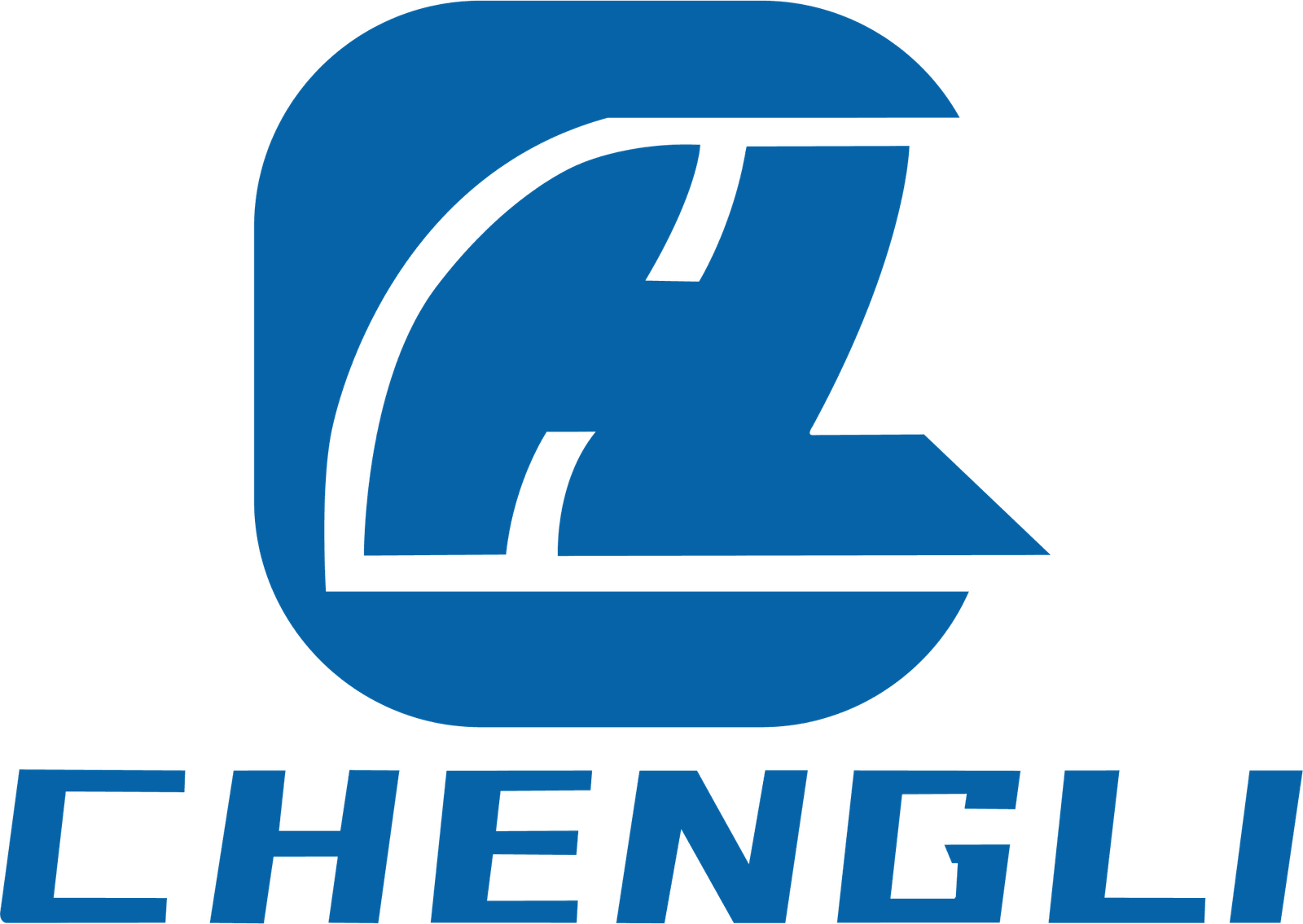Wire Harness Factory Tour: Behind the Scenes at a Tier 1 Supplier
The wire harness may not be the flashiest part of a vehicle, but it is among the most labor-intensive and complex components to produce. In this exclusive factory tour, we go behind the scenes of a Tier 1 supplier¡¯s harness production plant in Mexico¡ªone that services clients like Ford, BMW, and Tesla¡ªto uncover the people, technology, and processes that bring these vital components to life.
Facility Overview
Location: Guanajuato, Mexico
Size: 30,000 m2 facility with 2,500 employees
Output: 12,000 harnesses per day across 17 production lines
Certifications: IATF 16949, Iso 14001, IPC/WHMA-A-620 Class 3
Tour Highlights
1. Engineering & CAD Lab
Every harness begins with a digital twin:
Technicians use 3D modeling software to simulate routing paths, connector placement, and fitment.
Harness boards are designed based on actual vehicle geometries, with updates reflecting the latest BOMs from OEMs.
2. Material Warehouse & Kitting
5,000+ SKUs of cables, разъемы, heat shrink tubing, and terminals are stored.
ERP-driven picking systems ensure JIT delivery to production cells.
Raw materials arrive daily from Japan, the U.S., and local suppliers.
3. Wire Cutting & Stripping Zone
Fully automated Komax and Schleuniger machines perform cutting, stripping, crimping, and labeling in a single pass.
Barcode systems trace every wire from reel to vehicle.
Special handling required for coaxial cables used in radar and camera systems.
4. Assembly Line
Workers hand-place wires onto harness boards marked with color-coded routing guides.
Station checkpoints include crimp inspection, continuity testing, and visual inspection.
Some sections use cobots to assist in repetitive wrapping and taping tasks.
5. Testing Lab
Harnesses undergo high-voltage testing (up to 1000V for EV harnesses), insulation resistance checks, and vibration simulation.
Select samples go through climate chambers simulating -40¡ãC to 120¡ãC.
6. Упаковка & Logistics
Finished harnesses are bundled, packed in custom molded trays or racks.
Daily shipments leave via truck to plants in the U.S. and Canada.
Human Factors
80% of the labor force is female, known for precision and dexterity.
Ergonomic tooling and workstations are used to reduce fatigue.
Ongoing training ensures every operator is certified for their process segment.
Digital Transformation
MES (Manufacturing Execution System) tracks real-time defect rates and line performance.
Predictive analytics warn of tooling wear or operator drift.
Remote collaboration with OEMs enables instant design changes.
Conclusion
Visiting a wire harness factory reveals the blend of skilled labor, precise engineering, and lean manufacturing that goes into every modern vehicle. Far from a basic component, the harness is a miracle of customization, built from scratch, every day.
